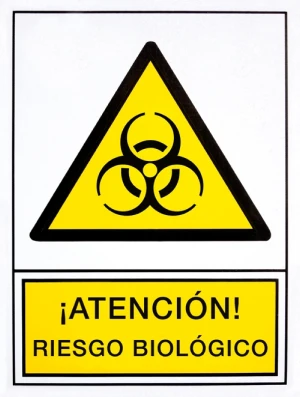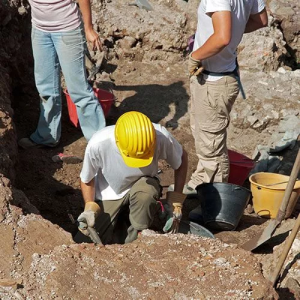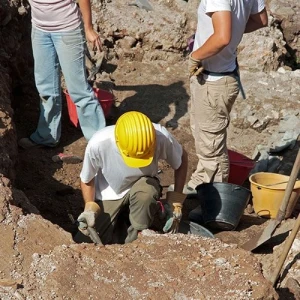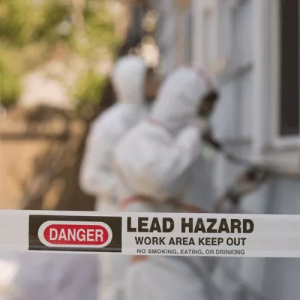Occupational Hearing Loss – Ototoxicity and Noise Exposure
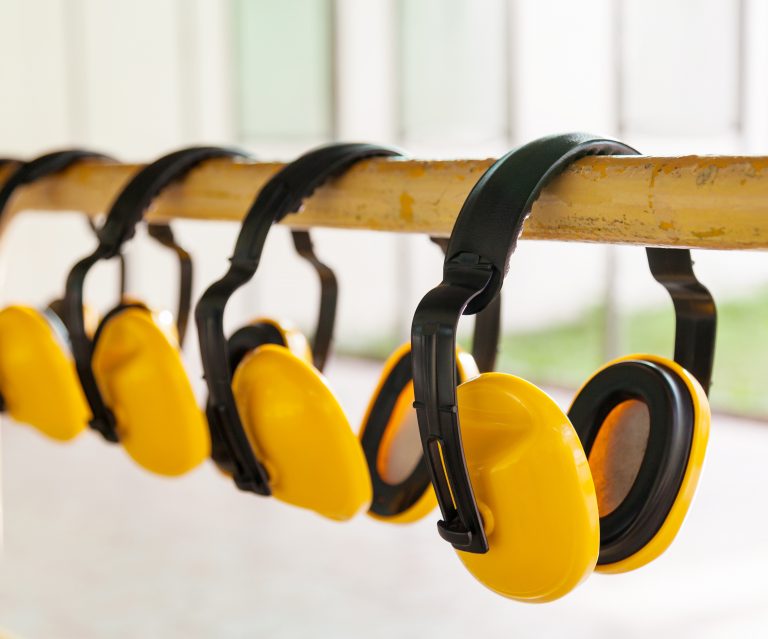
When it comes to occupational hearing loss, we may be quick to relate it to occupational noise exposure. After all, traditionally “noise” has been considered a primary risk factor for hearing loss. The fact that loud noise has deleterious effects on auditory function is well documented and widely recognized.
But, DID YOU KNOW that exposure to certain chemicals – which are quite common in industrial environments– may cause hearing loss or balance problems, regardless of noise exposure. These substances are known as “ototoxicants."
Avicenna, the Persian philosopher, is considered to be the first person to document the detrimental impact of a chemical on the normal function of the ear. He explained that when mercury vapor was used to treat head lice, the host could be deafened by such exposure. In the mid-20th century, hearing loss associated with certain antibiotics led researchers to conduct further studies into the role played by ototoxic agents in hearing impairment.
Ototoxicants include certain pesticides, solvents, and pharmaceuticals that can negatively affect how the ear functions. Routes of exposure to ototoxicants may include inhalation, ingestion, or skin absorption. These chemicals can reach the inner ear through the bloodstream, and cause injury to the inner parts of the ear and associated signal transmission pathways in the nervous system.
Hearing loss associated with ototoxicants may be temporary or permanent, and may also result in speech discrimination dysfunction. This means that not only do the sounds need to be louder to be detected, but the exposed individual also loses the ability to hear voices separately from background noise. In an industrial setting, this dysfunction may turn into a serious safety hazard because working in noisy environments could become difficult for the exposed individual and increase the risk of workplace injuries due to an inability to hear co-workers, environmental sounds, and warning signals.
A SYNERGISTIC EFFECT
Ototoxic chemicals may affect hearing alone or in combination with noise exposure. In fact, ototoxicants have a synergistic effect on hearing loss when coupled with elevated noise levels. Studies have revealed that some ototoxic chemicals (such as certain solvents) may aggravate noise-induced hearing loss even though the noise level is below the Permissible Exposure Limit (PEL). Hearing impairment associated with a combination of ototoxicants and noise exposure depends on the level of noise, the dose of the chemical, and the duration of the exposure.
Thus, when it comes to occupational hearing loss, one of the biggest challenges for occupational hygienists is that ototoxicant-induced hearing loss may go unrecognized when it comes to the methods used to indicate a hearing loss. For example, audiometric tests may indicate hearing impairments and threshold shifts, but they do not differentiate between noise and ototoxic causes.
Unfortunately, at present, the published data and scientific knowledge about the combined exposure of noise and ototoxic agents is limited. Interpretation of results from epidemiological studies has proven to be a challenge for researchers. Therefore, results obtained from animal studies contribute significantly to the determination of effect thresholds for humans.
Industries that use potential ototoxicants include manufacturing, mining, utilities, construction, and agriculture.
PREVENTIVE MEASURES
The Centers for Disease Control and Prevention (CDC) provides the following guidelines for preventing occupational exposure to ototoxic chemicals:
- Review Safety Data Sheets (SDSs) for ototoxic substances and/or chemicals, and ototoxic health hazards associated with ingredients in the product.
- Provide health and safety information as well as training to workers exposed to hazardous materials, including ototoxic chemicals.
- Replace a hazardous chemical with a less toxic chemical to reduce exposure when ototoxicants are identified in the workplace.
- If eliminating ototoxicants from the workplace is not possible, use engineering controls, such as isolation and enclosures to control exposure to ototoxicants and noise. Ventilation is also a recommended control method for ototoxicants.
- Use administrative controls such as eliminating unnecessary tasks that cause noise or ototoxicant exposure, or operating noisy equipment when workers are not near.
- Assess and determine the appropriate PPE according to the general requirements in 29 CFR 1910.132, the respiratory protection requirements in 29 CFR 1910.134, and the hand protection requirements in 29 CFR 1910.138.
- Use adequate hearing protection and audiometric testing to detect early signs of hearing loss, even in workers exposed below the PEL for ototoxic chemicals and noise levels. This may prevent hearing loss resulting from the synergistic effects associated with exposure to a combination of noise and ototoxicants.
OSHA Noise Exposure Standards
To protect workers from the harmful effects of excessive noise, OSHA mandates employers to take action when noise exposure reaches or exceeds 85 decibels (dB) averaged over an 8-hour work shift, known as the 8-hour time-weighted average (TWA).
Employers are required to establish a Hearing Conservation Program at this threshold. The program aims to:
- Prevent the onset of occupational hearing loss.
- Preserve existing hearing capacity.
- Equip workers with appropriate hearing protection and knowledge.
By implementing measures such as engineering controls, administrative strategies, or providing Hearing Protection Devices (HPDs), employers must ensure that noise exposure remains within permissible levels to safeguard worker health.


